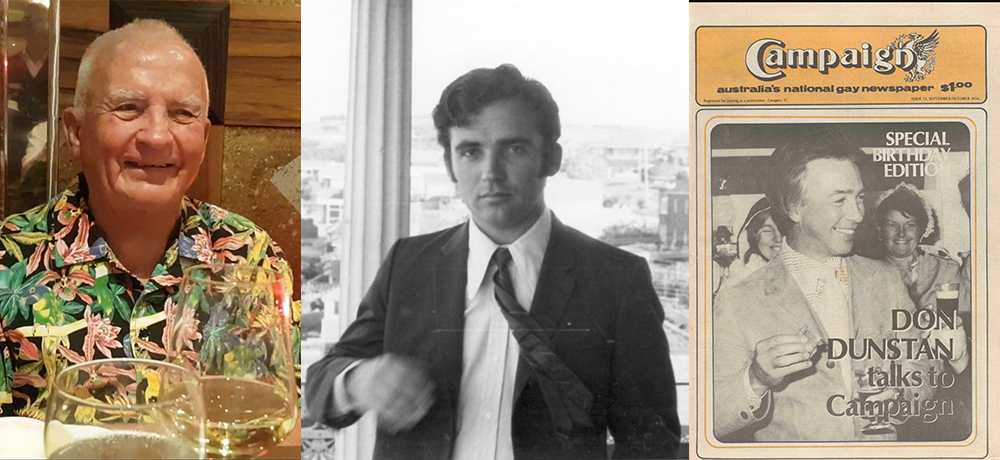
Campaign targets drug injection
Gay men are almost 20 times more likely to inject drugs than the general population, a health study has shown
Almost six percent of respondents to the 2008 Sydney Gay Periodic Survey indicated they had injected a drug
in the previous six months, compared to just 0.3 percent of the general population.
In addition, 50 percent of men who took part in the Three or More study reported illicit drug use at their last sex event, with 3.6 percent indicating they had injected drugs.
The data has prompted a new ACON education campaign, with the tagline Don’t Share A Bloody Thing.
The potential for HIV and hep C transmission in these settings is high as blood can be present on skin, hands, and injecting equipment even if it can’t be seen, ACON’s community health director Nic Parkhill said.
To reduce the risk, we’re encouraging gay men who inject drugs to always use new, unused injecting equipment, to always make sure needles are from an unopened pack and to always wash their hands thoroughly.
If they have sex, it’s important they also use condoms and lube.
Positive Life NSW executive officer Rob Lake said it was essential gay men were given clear information about safe injecting practices.
Gay men who inject need to get clear, useful information to help them learn and maintain safe injecting practices alongside safe sex practices, he said.
This applies to gay men with HIV, HIV negative gay men and those who aren’t sure of their status. For gay men living with both HIV and hepatitis C, information that helps to support safe injecting practice and safe sex is critical.
St Vincent’s Hospital alcohol and drug service director Alex Wodak said injecting drug users account for about 30 percent of global new HIV infections outside sub-Saharan Africa.
Harm reduction is the only known safe and effective (and cost-effective) way of reducing HIV infections spreading among and from injecting drug users, Wodak said.
Drug users need to know the basics regarding the risks of sharing injecting equipment and the need for safer sex.
It is critical that harm reduction education is realistic and well accepted by the target population.
The campaign will include media and venue advertising as well as a presence on popular gay websites. It is part of ACON’s recently released three-year alcohol and drug strategy and reflects the harm minimisation approach adopted by the federal and state governments.
info: To find out more visit acon.org.au









